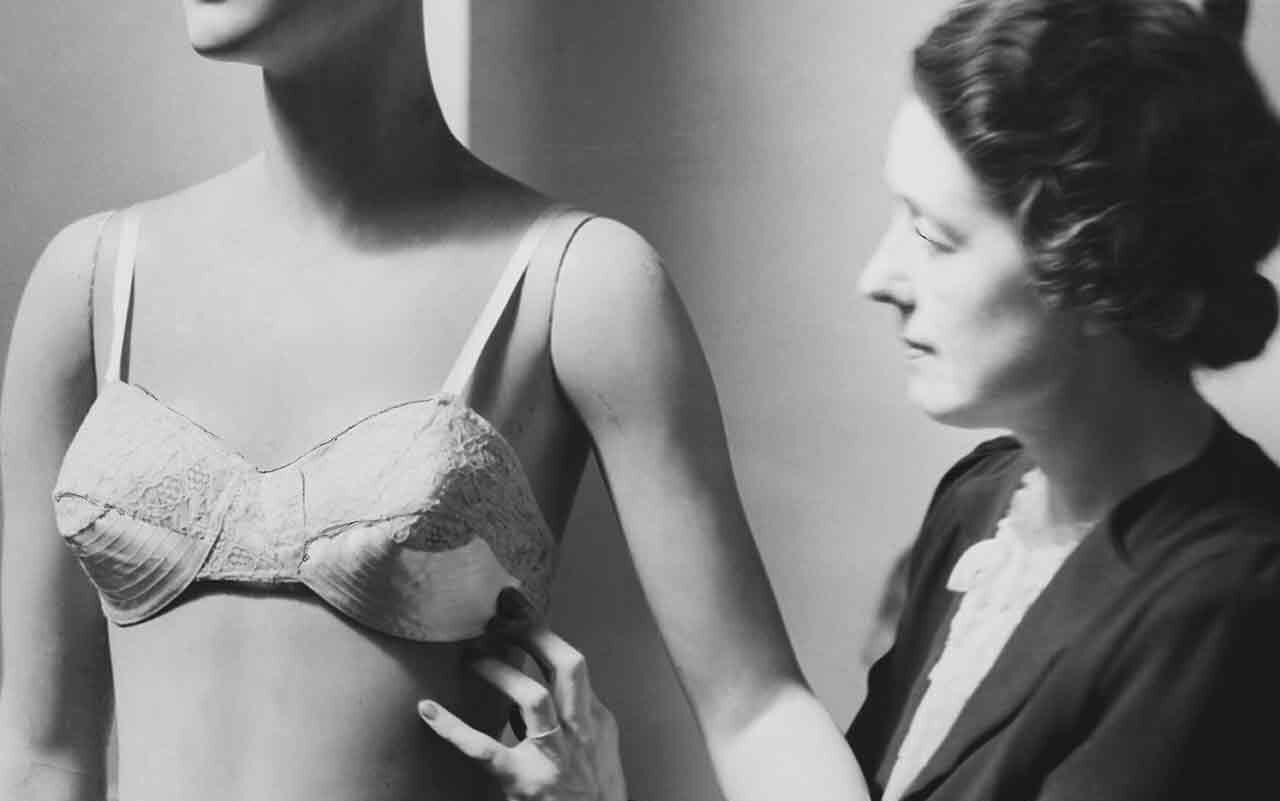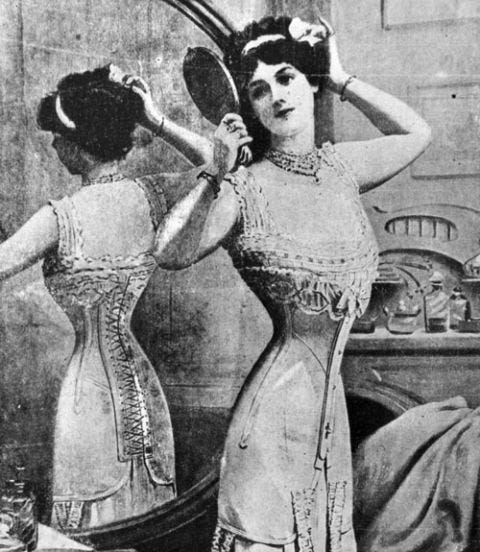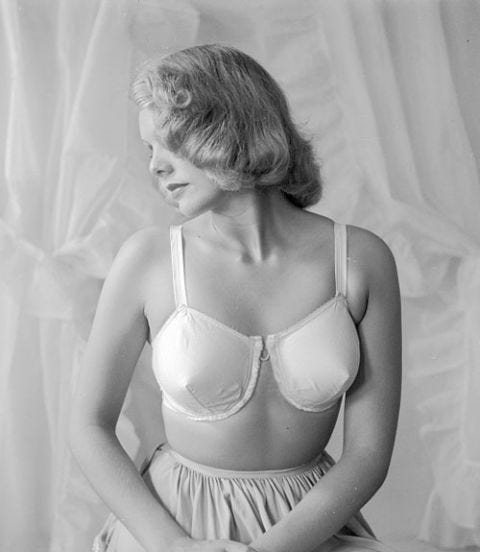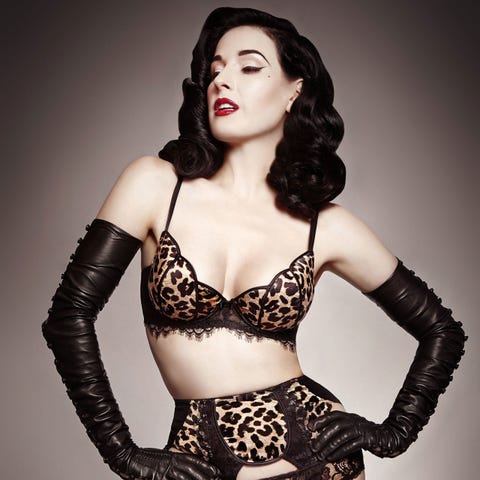Brassieres: Where they Started, and Where They Stand Now

As soon as a lady comes of age, she and her mother go to the local clothing shop and buy their first ever bra. Its like a passing into womanhood; to many little girls getting their first bra is a sign of growing up, developing into the woman they always wondered about. As well as a powerful feminine symbol, a bra is used by half of the population for support, empowerment, and self-confidence. They have now been developed to help breast feeding mothers, enhance those people who has lost their breasts to surgeries, or transform those people who are trans or non-binary to look more like the person they feel on the inside.

Brassieres began as very primitive objects. In the 14th Century, the first bandeau was depicted in paintings, worn by women in the 1300s during athletic sports – other than this, women were bare-breasted under sheath dresses. In the 16th Century, the corset came to light. Women in the 1500s wanted to achieve the ‘perfect female figure’, an inverted cone shape, by cinching in their waists and pushing their breasts flat and upwards. This was achieved by sewing a whalebone into the fabric and securing it onto the woman’s chest. This was a popular trend for the next 4 centuries.
The 19th Century was when the real ‘brassiere’ formed, consisting of two cups, a chest bandeau and shoulder straps. This brassiere was in the form of an undeveloped girdle, which pushed a woman figure into an ‘S’ shape to look more curvaceous. As you may be thinking, the corset and the girdle seemed incredibly uncomfortable and came with many health hazards – which is why in the 1850s doctors and feminists rioted against these contraptions and sought after a chest support that was more comfortable and allowed them to breathe.

It wasn’t until the 1920s that women started preferring the bra over the corset, following World War I bringing the beauty standard of a de-emphasised chest and slender figure. In the 1930s, bra development flourished; including letter-cup sizing, eye-and-hook fastenings and adjustable straps. From here bras began to grow in not only popularity but in fashion too, as they took on a variety of fabrics, colours, and patterns.
We all know of the famous ‘bullet bra’ – those which had pointed torpedo-shaped cups. These bras made history not only for their striking shape but provided the first form of breast protection and bra use. They were developed for women who worked on production lines within World War II and gained popularity with those women who were outside of socialite circles. In fact, American service women were issued bras within WWII as compulsory uniform, which popularised bras in the future for all middle-class women.

In the 1950s, the introduction of the ‘training bra’ meant younger girls began buying their first ever bra at an age not thought of before. This lead to a change in social view that bras should be prioritised for practicality and comfort rather than glamour and sexiness.
In 1977, we saw the first ever ‘sports bra’ introduced as women began to exercise and engage in fitness. This then gave birth to a whole new line of wireless bras, beginning a full evolution of bra types. Today, the bra can be strapless, backless, cup-less, padded, non-padded, rigid, and stretchy – and whether you wear one or not can be seen as a personal viewpoint.
In modern age, a bra may seem like nothing to someone, but to somebody else it can mean many different things. Some women wear bras because they need to/choose to, other women only wear bras when they have a special occasion. Some women refuse to wear bras for their own personal reasons, and others publicly burn bras to make a political statement. Women like Dita Von Teese and Victoria Secret models display their bras in a way to highlight sensuality and the feminine form, displaying the power and transformable qualities they hold. Other women, such as those from the ‘Free the Nipple’ movement, protest bare-chested in the streets in a way to promote anti-female censoring and gender equality.

In the past two centuries, bras have taken an impressive journey and yet have further to travel in this modern time, where female form and stance is unknown. Although it is host to several symbolic meanings, women still pay millions of pounds on bras every day and are a unique object wholly held to femineity – which is a powerful and special thing, with no doubt that it will cause more surprising stands in the future.


